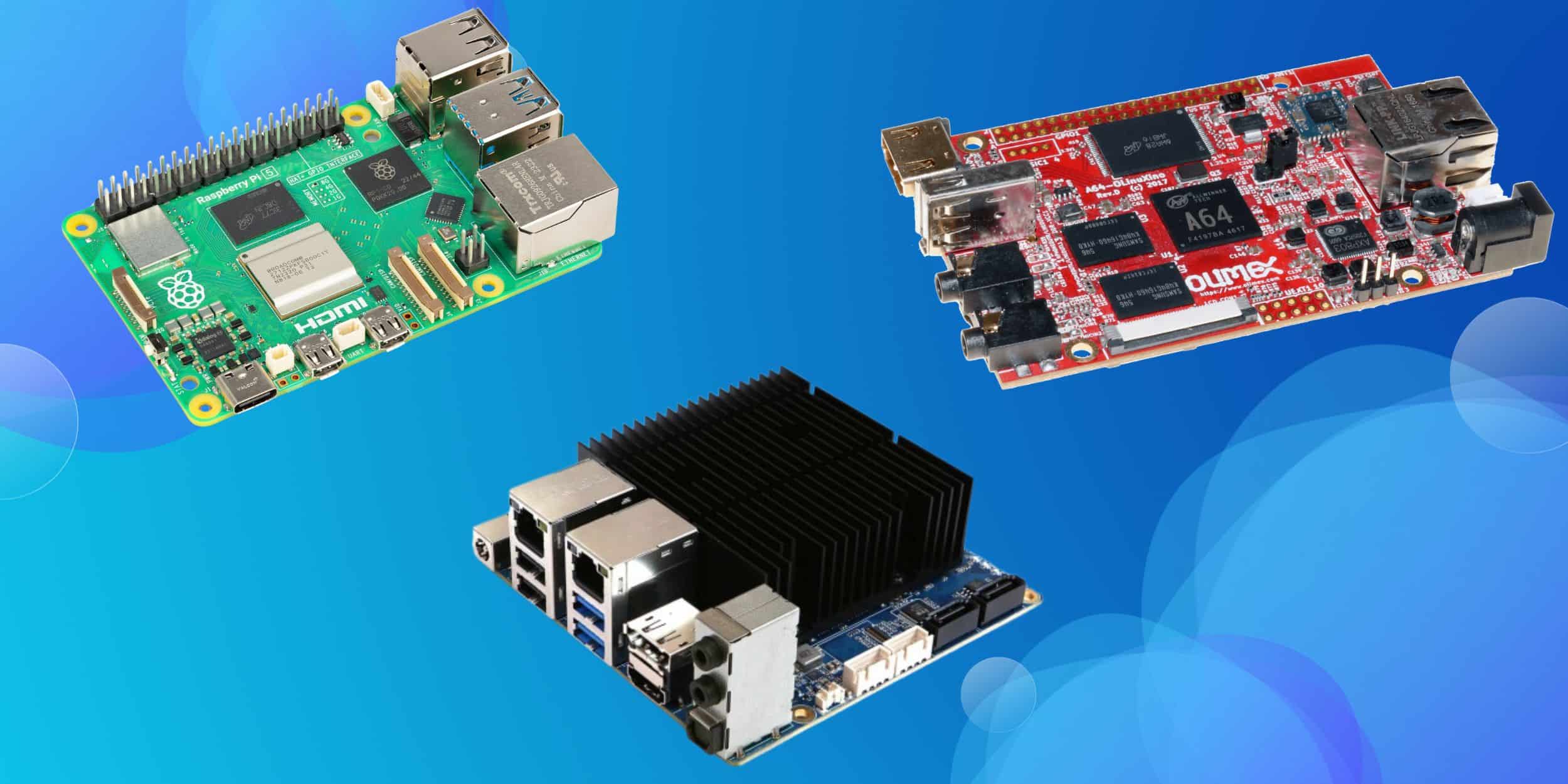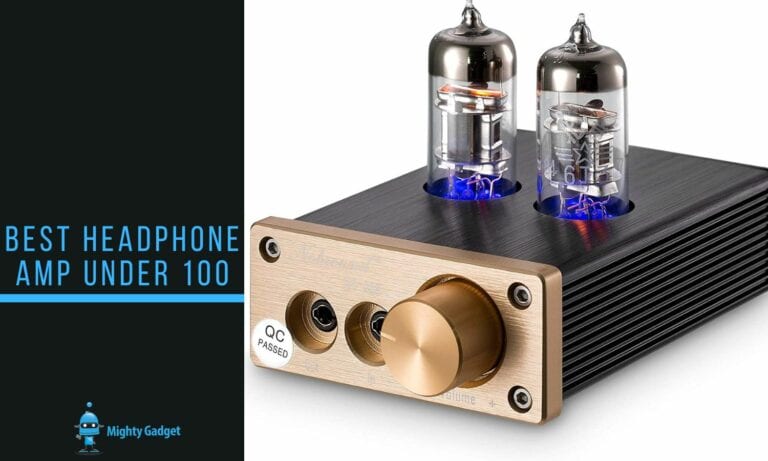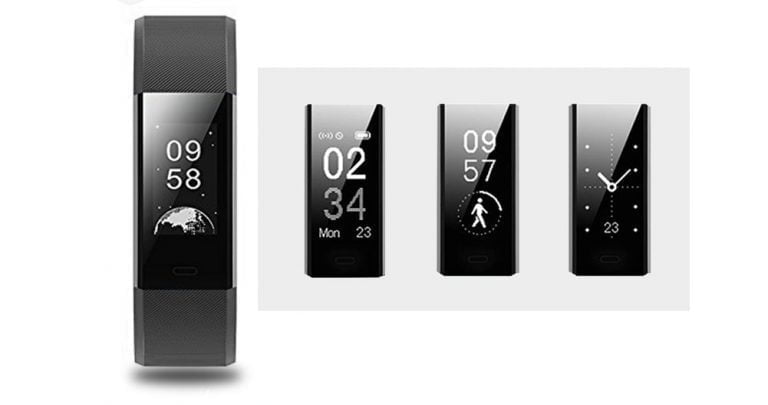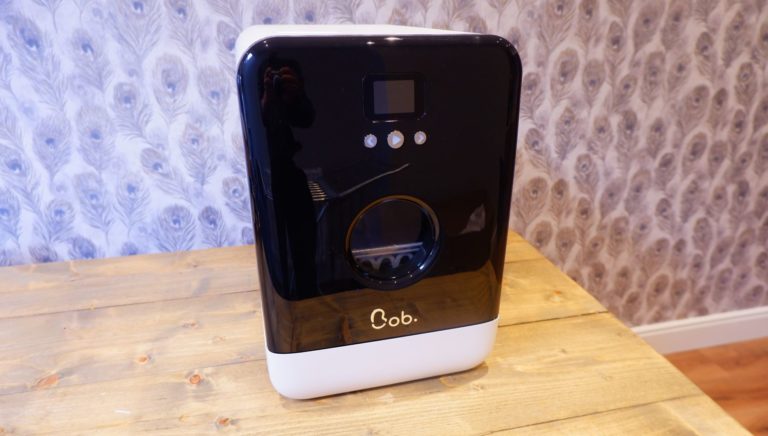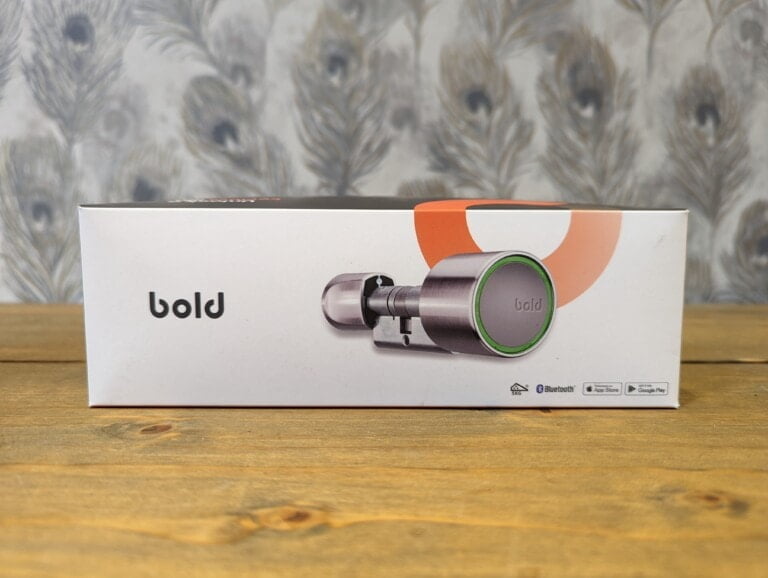Any links to online stores should be assumed to be affiliates. The company or PR agency provides all or most review samples. They have no control over my content, and I provide my honest opinion.
The Raspberry Pi has long been a favourite among hobbyists, developers, and tech enthusiasts for its versatility and affordability. However, as technology advances and user needs evolve, many are seeking alternatives that offer enhanced performance, specialised features, or better value for specific applications.
This article explores some of the best alternatives to Raspberry Pi, particularly for home and media server applications.
Why Consider Raspberry Pi Alternatives?
While the Raspberry Pi remains an excellent choice for many projects, there are several reasons to consider alternatives:
- Performance: Some projects require more processing power or memory than the Raspberry Pi offers.
- Specialisation: Certain boards are designed for specific tasks, such as AI processing or media streaming.
- Availability: Due to supply chain issues, Raspberry Pi boards can sometimes be difficult to obtain.
- Cost: Depending on your needs, other single-board computers (SBCs) might offer better value for money.
- Features: Some alternatives provide built-in storage, better connectivity options, or more powerful graphics capabilities.
Why not use a Mini PC?
A common recommended alternative for the RPi is a cheap Mini PC and it is what I personally use.
The argument is that a Raspberry Pi 5 Starter Kit with 8GB RAM will set you back comfortably over £100. But, you can pick up something like the KASEPE Mini PC which runs the 12th Generation Intel Alder Lake-N95 for just £116.
The Intel Alder Lake-N95 is significantly more powerful and has hardware decoding and encoding for most of the codecs that are popular on media servers such as AV1 and HEVC.
Additionally, the 8GB RAM is DDR5 so higher performance and the more importantly the storage is 256GB M.2 SSD SATA which is faster and more durable than a micoSD (NVMe would have been nicer).
As a bonus, this also includes two Ethernet ports, so you could use it as a DIY Firewall/Router.
The mini PC would use more electricity but it isn’t a huge difference. The TDP of the RPI5 is 12W and the TDP of the N95 is 15W. Though all the other components of the Mini PC would increase the power usage, but the running costs per year would be negligible.
So a mini PC would be a better option depending on your needs, but for this review I have focussed on single board computers. I will look at mini PC alternatives in the future.
Top Alternatives for Home and Media Servers
1. ODROID-N2+
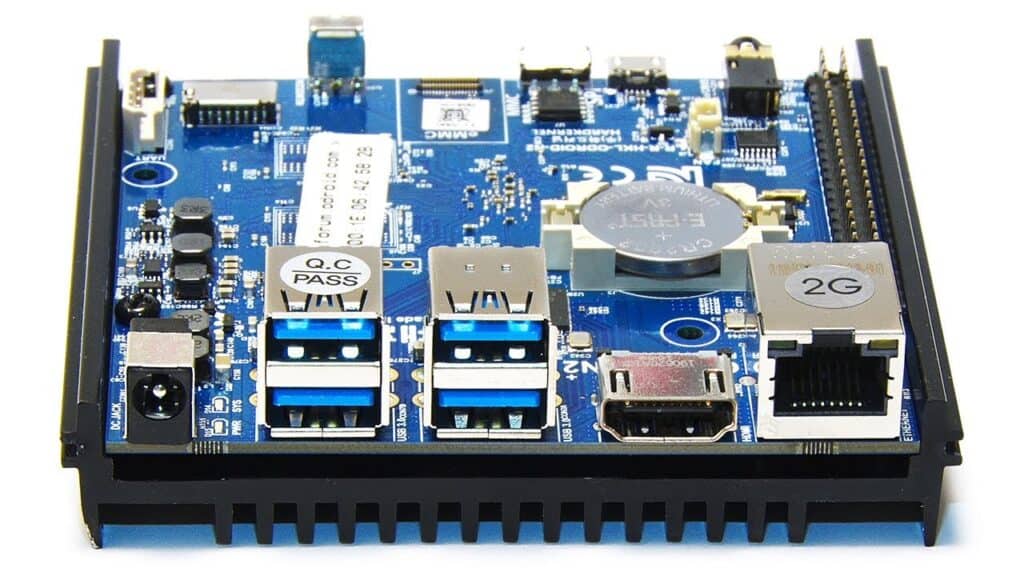
No products found.
The ODROID-N2+ is a powerful SBC that outperforms the Raspberry Pi in many aspects, making it an excellent choice for home and media server applications.
Key Features:
- Amlogic S922X Hexa-core CPU (Quad-core Cortex-A73 and Dual-core Cortex-A53)
- Mali-G52 GPU
- Up to 4GB RAM
- Gigabit Ethernet
- 4 USB 3.0 ports
- eMMC module socket and microSD card slot
The ODROID-N2+ excels in media server applications due to its powerful CPU and GPU combination. It can handle 4K video playback smoothly and has enough processing power to run multiple server applications simultaneously. The Gigabit Ethernet port ensures fast network speeds for streaming content across your home network.
2. Rock64 Media Board
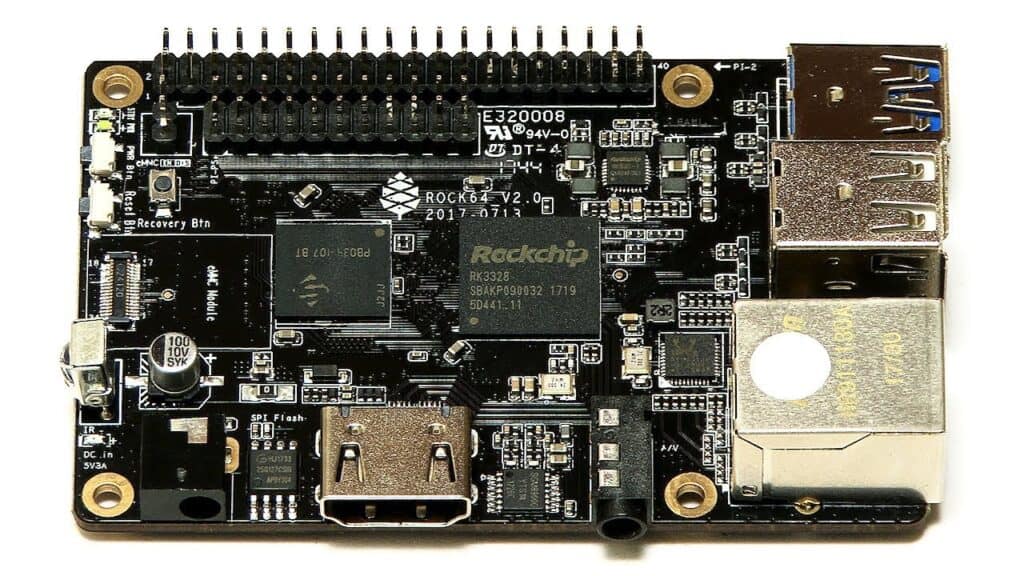
| Preview | Product | Rating | Price | |
|---|---|---|---|---|

| PINE64 ROCK64 eMMC 64 Rock64 PRO 4GB | Buy on Amazon |
The Rock64 Media Board is another strong contender in the media server space, offering good performance at a competitive price point.
Key Features:
- Rockchip RK3328 Quad-Core ARM Cortex A53 64-bit processor
- Up to 4GB RAM
- eMMC module socket
- USB 3.0 port
- Gigabit Ethernet
- HDMI 2.0 port
The Rock64’s HDMI 2.0 port supports 4K output at 60Hz, making it ideal for high-quality media playback. Its eMMC module socket allows for faster and more reliable storage compared to microSD cards, which is beneficial for server applications.
3. ASUS Tinker Board S
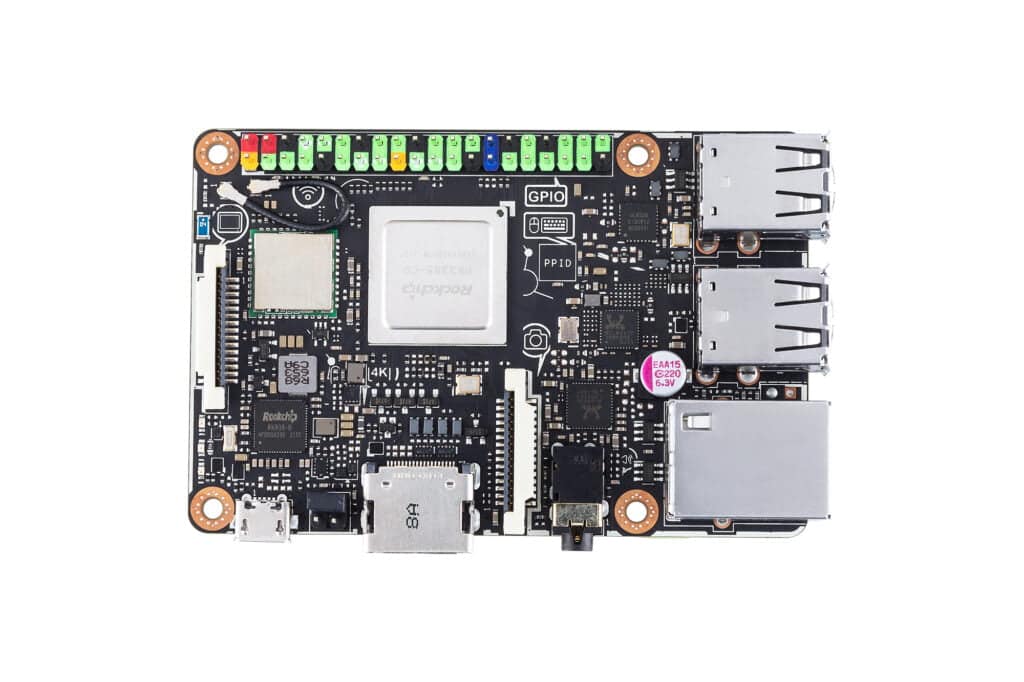
| Preview | Product | Rating | Price | |
|---|---|---|---|---|

| Tinker Board 2S 6-Core 2.0GHz Rockchip RK3399 Single Board... | £163.96 | Buy on Amazon |
The ASUS Tinker Board S is a powerful SBC that offers compatibility with many Raspberry Pi accessories while providing enhanced performance.
Key Features:
- Rockchip Quad-Core RK3288 processor
- 2GB DDR3 RAM
- 16GB eMMC storage
- Gigabit Ethernet
- 4 USB 2.0 ports
- HDMI 1.4 out
The Tinker Board S stands out with its built-in 16GB eMMC storage, which provides faster and more reliable performance compared to microSD cards. This makes it an excellent choice for home server applications where stability is crucial. The board also offers good multimedia capabilities, supporting 4K video decoding.
4. Banana Pi M64
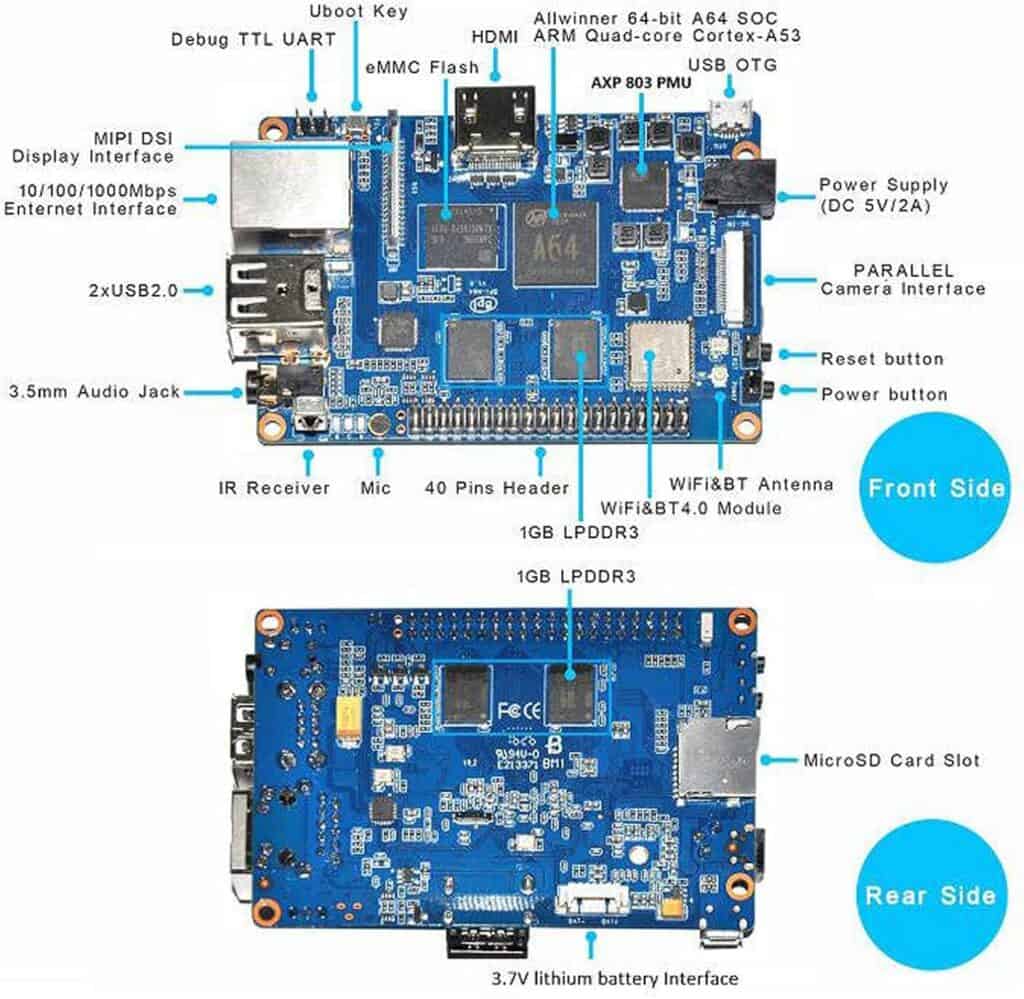
| Preview | Product | Rating | Price | |
|---|---|---|---|---|

| Banana Pi BPI-M64 Allwinner A64 Quad-Core Single Board... | Buy on Amazon |
The Banana Pi M64 is another worthy alternative, especially for those looking for a board with built-in storage.
Key Features:
- Allwinner A64 Quad-core 64-bit processor
- 2GB DDR3 RAM
- 8GB eMMC storage
- Gigabit Ethernet
- HDMI output
- 2 USB 2.0 ports
The Banana Pi M64’s built-in 8GB eMMC storage is a significant advantage for home server applications. It also supports 4K video output, making it suitable for media server use. The board’s design allows for easy expansion and connectivity with various peripherals.
5. NVIDIA Jetson Nano Developer Kit
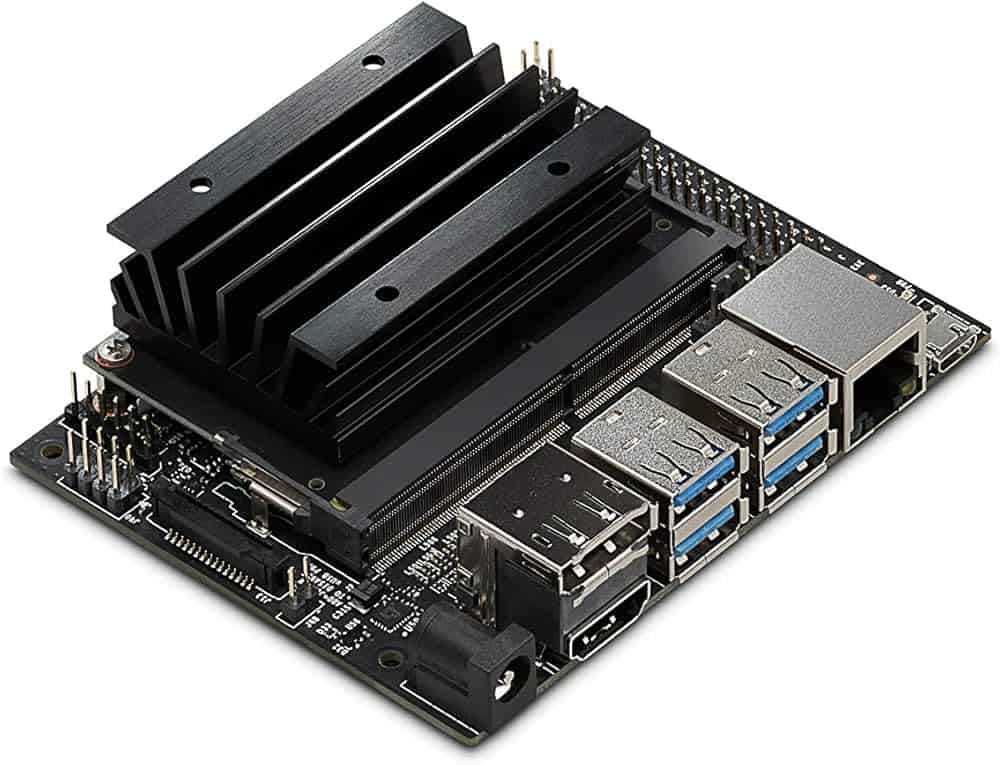
| Preview | Product | Rating | Price | |
|---|---|---|---|---|

| Nvidia Jetson Nano Developer Kit (945-13450-0000-100) | Buy on Amazon |
While more specialised and slightly more expensive, the NVIDIA Jetson Nano Developer Kit is an excellent choice for those interested in AI and machine learning applications alongside server functionality.
Key Features:
- Quad-core ARM A57 CPU
- 128-core Maxwell GPU
- 4GB LPDDR4 RAM
- Gigabit Ethernet
- 4 USB 3.0 ports
- HDMI output
The Jetson Nano’s powerful GPU makes it ideal for AI-enhanced home automation or smart media management. It can handle 4K video encoding and decoding, making it suitable for media server applications as well. However, it’s worth noting that it may require more power and generate more heat compared to some other alternatives.
Considerations When Choosing an Alternative
When selecting a Raspberry Pi alternative for home and media server use, consider the following factors:
- Processing Power: Ensure the CPU and RAM are sufficient for your intended applications.
- Connectivity: Look for Gigabit Ethernet for faster network speeds, and consider Wi-Fi capabilities if needed.
- Storage Options: Built-in eMMC storage or support for SSDs can improve performance and reliability.
- Video Capabilities: For media servers, ensure the board supports the required video resolutions and codecs.
- Power Consumption: Higher performance often means increased power usage, which may be a factor for 24/7 operation.
- Community Support: A strong community can provide valuable resources, tutorials, and troubleshooting help.
- Software Compatibility: Check if the board supports the operating systems and software you plan to use.
Setting Up Your Alternative Board as a Home Server
Once you’ve chosen your Raspberry Pi alternative, setting it up as a home server involves several steps:
- Choose an Operating System: Options like Ubuntu Server, Armbian, or specialised media server distributions are popular choices.
- Install Server Software: Depending on your needs, you might install software like Plex Media Server, NextCloud, or Pi-hole.
- Configure Network Settings: Set up a static IP address and configure port forwarding if you plan to access your server from outside your home network.
- Set Up Storage: If using external storage, ensure it’s properly mounted and configured.
- Implement Security Measures: Change default passwords, set up a firewall, and consider implementing SSH key authentication.
- Configure Automatic Updates: To keep your server secure, set up automatic updates for the operating system and installed software.
Popular Home Server Applications
Here are some popular applications you might consider running on your home server:
- Plex Media Server: Organise and stream your media collection to various devices.
- NextCloud: Create your own cloud storage and file sharing solution.
- Pi-hole: Network-wide ad blocking to improve browsing experience and network performance.
- Home Assistant: Open-source home automation platform.
- OwnCloud: Another self-hosted cloud storage option.
- Syncthing: Decentralised file synchronisation across multiple devices.
- Jellyfin: Open-source alternative to Plex for media streaming.
Optimising Your Home Server
To get the most out of your home server, consider these optimisation tips:
- Use SSDs: If possible, use SSDs for faster read/write speeds and improved reliability.
- Implement Proper Cooling: Ensure adequate ventilation and consider adding heatsinks or fans for boards that run hot.
- Use a UPS: An uninterruptible power supply can protect your server from power outages and surges.
- Regular Maintenance: Perform regular software updates and hardware checks to ensure optimal performance.
- Monitor Performance: Use monitoring tools to keep track of CPU usage, temperature, and storage capacity.
Conclusion
While the Raspberry Pi remains a popular choice for many projects, there are numerous alternatives that can offer enhanced performance, specialised features, or better value for home and media server applications. Boards like the ODROID-N2+, Rock64 Media Board, and ASUS Tinker Board S provide powerful options for those seeking higher performance, while the NVIDIA Jetson Nano opens up possibilities for AI-enhanced home servers.
When choosing an alternative, it’s crucial to consider your specific needs, including processing power, storage options, and connectivity features. With the right board and proper setup, you can create a powerful and versatile home server that meets your unique requirements.
Remember that the world of single-board computers is rapidly evolving, with new models and updates released regularly. Stay informed about the latest developments to ensure you’re always aware of the best options available for your home and media server projects.
I am James, a UK-based tech enthusiast and the Editor and Owner of Mighty Gadget, which I’ve proudly run since 2007. Passionate about all things technology, my expertise spans from computers and networking to mobile, wearables, and smart home devices.
As a fitness fanatic who loves running and cycling, I also have a keen interest in fitness-related technology, and I take every opportunity to cover this niche on my blog. My diverse interests allow me to bring a unique perspective to tech blogging, merging lifestyle, fitness, and the latest tech trends.
In my academic pursuits, I earned a BSc in Information Systems Design from UCLAN, before advancing my learning with a Master’s Degree in Computing. This advanced study also included Cisco CCNA accreditation, further demonstrating my commitment to understanding and staying ahead of the technology curve.
I’m proud to share that Vuelio has consistently ranked Mighty Gadget as one of the top technology blogs in the UK. With my dedication to technology and drive to share my insights, I aim to continue providing my readers with engaging and informative content.
Last update on 2025-07-13 / Affiliate links / Images from Amazon Product Advertising API

